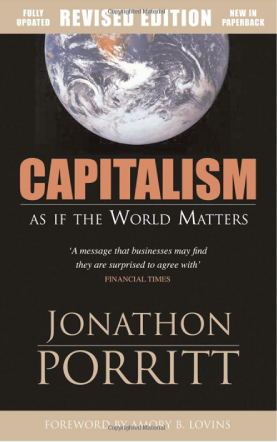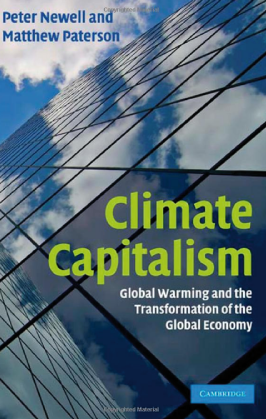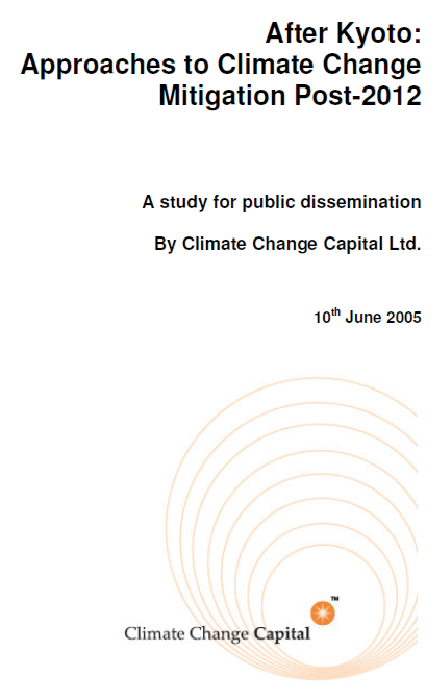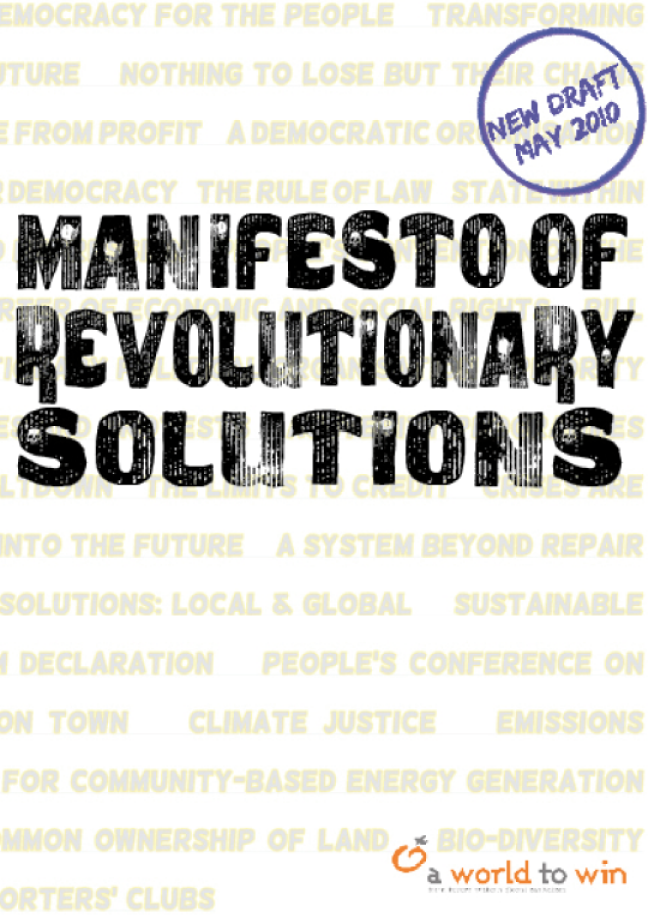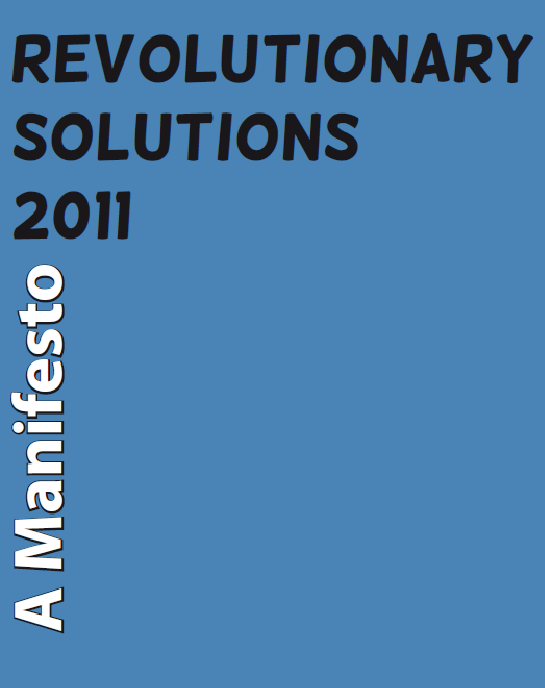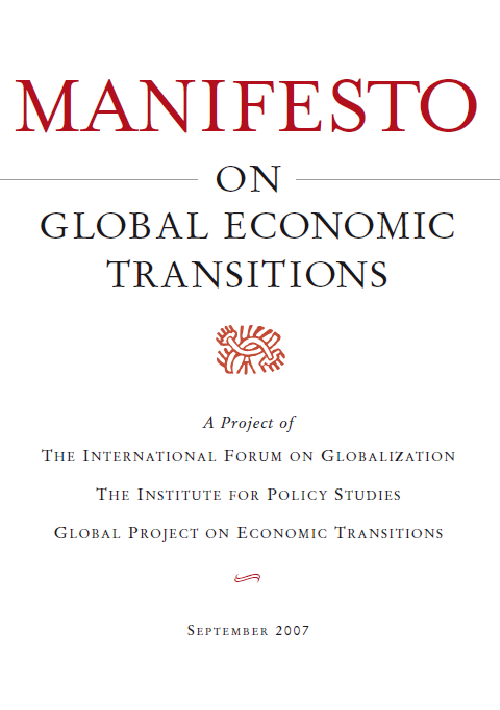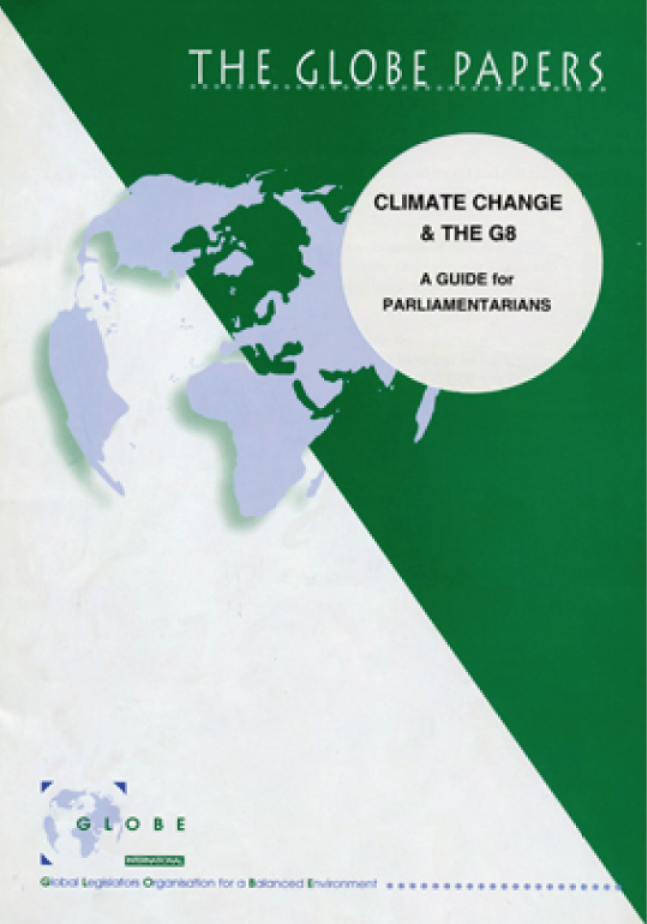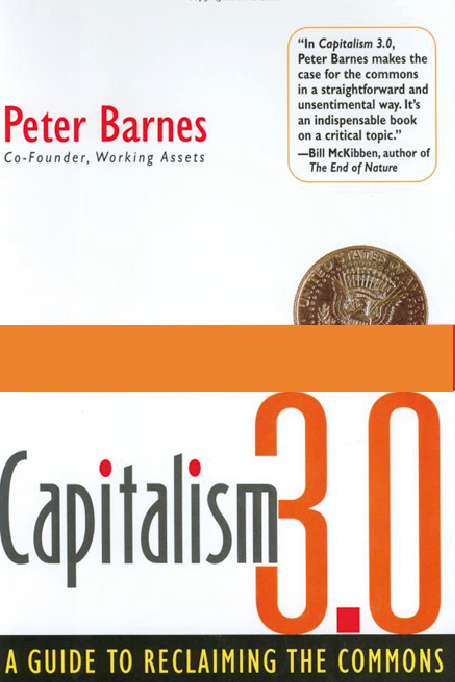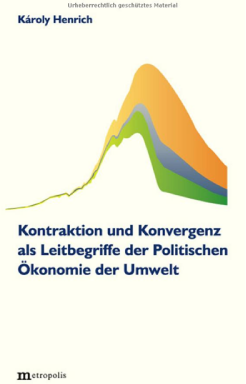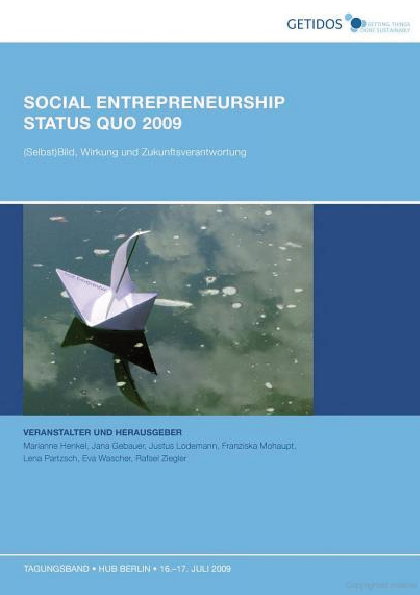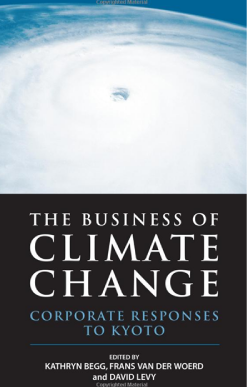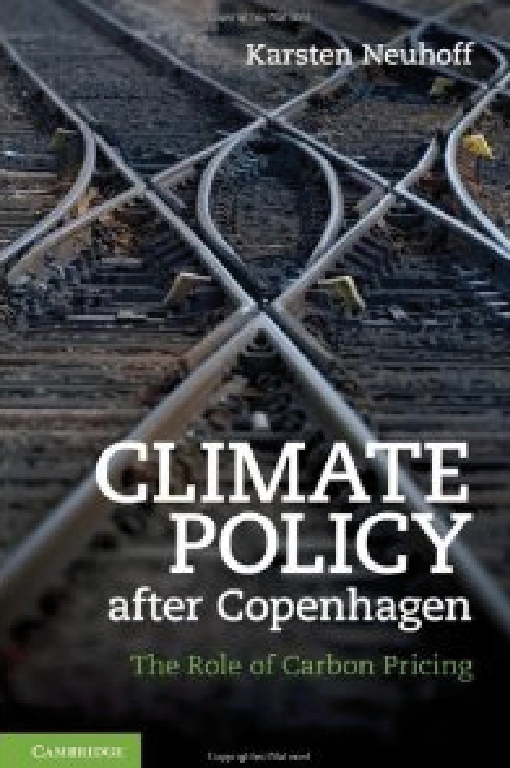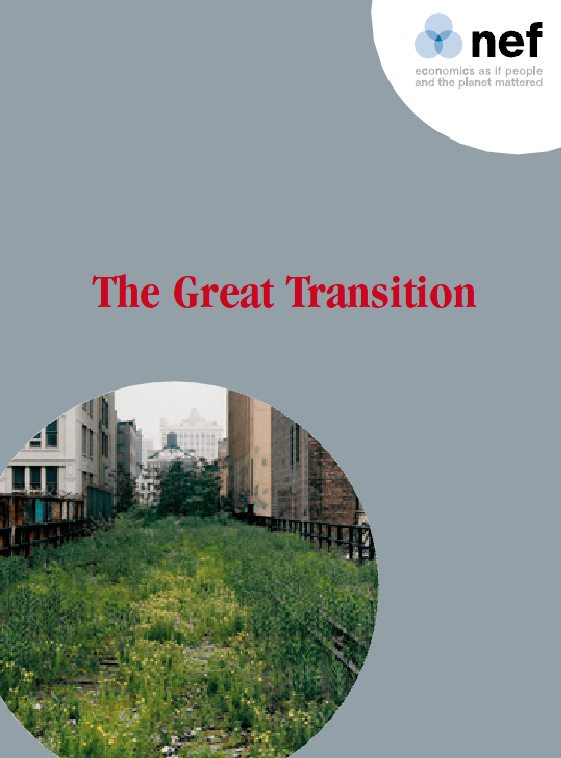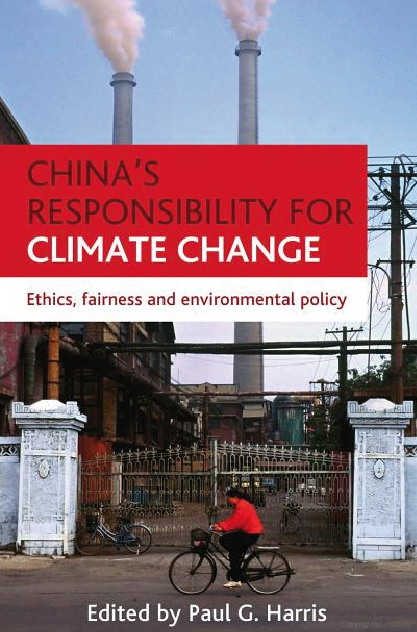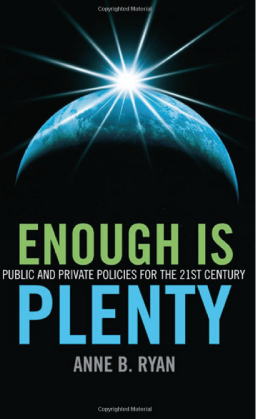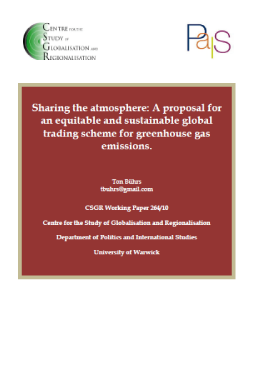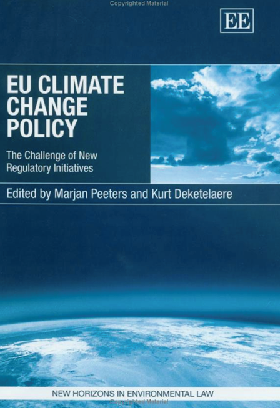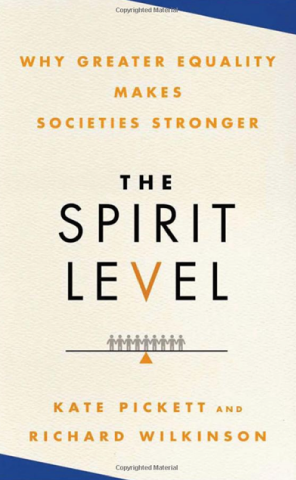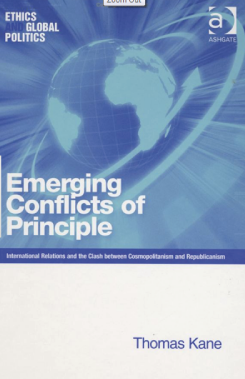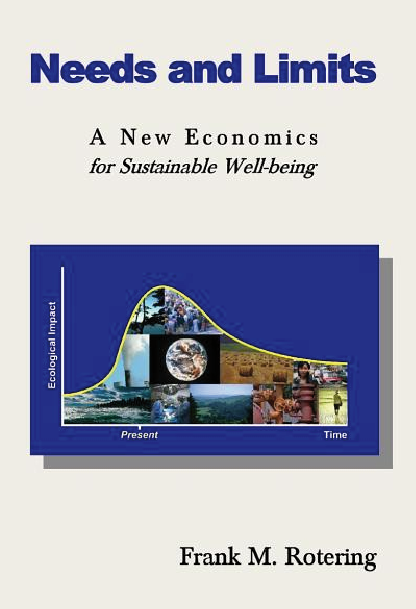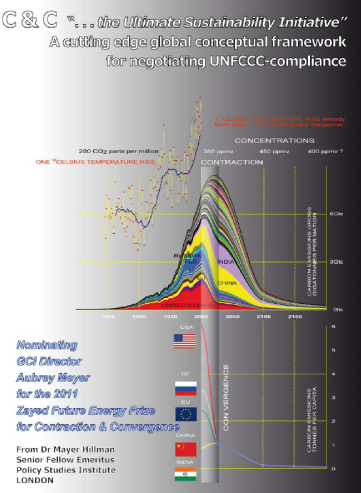Capitalist Socialist Endorsements for C&C
 Click logo to return to 'links-page'
Click logo to return to 'links-page'
Petra Kelly was one of the founders of the German Green Party 30 years ago.
In her visionary words, "Greens are Neither Left nor Right, but out in front".Because the UNFCCC-compliance that C&C articulates is 'ahead', its steady adoption by both the left and the right thirty years on [as shown in evidence below], bears witness to the truth she spoke.
"The assiduous campaigning over the last decade by the Global Commons Institute (based on its idea of 'contract and converge', under which the rich nations undertake to reduce emissions even as developing nations are permitted to grow their emissions until such time as per capita emissions converge at the same level) has given this kind of approach some real credibility. So, too, has the growing readiness of developing countries such as Brazil, Indonesia and Argentina to accept emissions targets for their own counties - not least because they too are already beginning to feel the impacts of climate change. The real strength of this approach is that it is based upon a trading system, with rich nations needing to purchase additional carbon credits from poorer nations. This appeals a lot to those campaigning for global economic justice: a global trading system in carbon would begin to shift substantial resources from rich countries to poor countries as nations with wasteful, carbon-intensive lifestyles have to purchase additional carbon credits from nations with low-carbon economies."
"Capitalism as if the World Matter"
Jonathon Porritt & Amory Lovins
"Fairness in allocating emissions targets for all the nations of the world will be the key to reaching agreement on a new climate change treaty. One way forward could be a system based on per capita emissions, with national targets based on population, the so-called “contraction and convergence” formula created by the Global Commons Institute."
From a High-Carbon Economy to a Low-Carbon Society
Report of the Socialist International Commission for a Sustainable World Society
Listed Member Parties of the SOCIALIST INTERNATIONAL
"One way of allocating emissions could be on the basis of the notion of 'contraction and convergence', This idea was developed by a little known London outfit called the Global Commons Institute, led by concert violinist and engaging orator Aubrey Meyer. With colourful diagrams and impeccable logic, Meyer's argument moved relatively quickly from the margins of the debate, dismissed as unrealistically radical to the mainstream. Contraction & Convergence meant that while overall global emissions would contract to a level consistent with the overall goal of the UNFCCC - to 'prevent dangerous anthropogenic interference with the climate system' - these emissions would converge at a common per capita level. Emissions in the North would thus decline while those in South grew, albeit at a slowed rate. By 2030, per capita emissions across the globe converge, while overall global emissions peak about 2020 and then decline."
Climate Capitalism: Global Warming and the Transformation of the Global Economy
Peter Newell and Matthew Patterson
The Contraction and Convergence (C&C) approach was developed by the Global Commons Institute and presented in 1996 at COP2 of the UNFCCC. It first involves the identification of a long-term target for global emissions stabilisation, for example such that concentrations of CO2e do not exceed 450 ppm by 2050 (Contraction). The corresponding level of annual emissions required for this stabilisation is then divided between countries on an equal per capita basis by a future date (Convergence), although this need not be the same date as that for Contraction. The key principle behind C&C, that of equal per capita emissions rights, is fundamentally sound. It seems only fair that access to a finite resource should be divided equally among those who would use it. And it is apparent that C&C may be important in determining future emissions reduction targets, at least as a means of informing negotiations about how to achieve a specific concentration of GHGs in the atmosphere. It is useful here to recall the basis upon which the UK has set its own target of a 60% reduction in GHG emissions by 2050, and that figures discussed generally in the EU tend to be consistent with a C&C approach.
After Kyoto: Approaches to Climate Change Mitigation post 2012
A study for public discussion by Climate Change Capital Ltd - 2005
"To avoid disastrous climate change, it is estimated that carbon emissions must be limited to no more than around 2.7 billion tonnes by 2030 annually, or a per capita allowance of around 0.33 tonnes per year. The only equitable way of achieving this is through contraction and convergence. Countries like Britain need to reduce emissions to 0.33 tonnes per capita per year, while developing countries increase, until their emissions converge up to the same level. The concept of climate justice, which underpins the “contraction and convergence” idea, needs to be expanded to include justice within countries and not just between them."
Manifesto of Revolutionary Solutions
A World To Win
This manifesto supports the Bolivian government’s proposals for a binding global treaty recognising Mother Earth Rights. This will protect the rights of indigenous people, who live in wildernesses or other tribal lands, for all time and make the patenting of any plant species illegal. The only equitable way of halting climate change is through contraction and convergence. We need a democratic global forum to plan to halt the growth in emissions and to mitigate the impacts that are now inevitable. They would draw on all the expertise represented by climate scientists, world food and health experts and support each others’ development towards self-government and economic independence.
Manifesto of Revolutionary Solutions 2011
A World To Win
As the currently over-consuming nations of the world proceed to “power down” their energy use, and to reduce material throughputs, while lowering personal consumption levels, overall global impacts can eventually be optimized well below the maximum sustainable capacities of the planet. However, we must remain cognizant of enormous disparities among nations as to present levels of use. Many nations and peoples of the world already live at very low consumption levels; in fact far below levels that can sustain personal, family and/or community well-being. Such disparities among and within nations are often the result of prior or present colonial periods of exploitation. It is unarguable that many countries of the industrial north have achieved their excessive natural resource use by depriving southern countries of theirs, a process that continues in many places today. Recognizing this, we believe that each person and community, whether in the industrial North, or the global South, has fundamental rights to “sufficient” food, shelter, clothing, housing as well as sufficient community health and other public services, to sustain a satisfactory level of well-being beyond bare minimum survival needs. (Note: Working definitions of “sufficiency” and a “global sufficiency index” have been proposed and need further development and definition. As part of this project, we hope to soon advance a viable new clear standard.) Meanwhile, the argument is compellingly made by some Southern countries, historically disadvantaged, that they should not be asked to “power down” to the same degree as Northern countries. In the interests of survival, they may often need to increase their material throughputs, and energy use, from renewable sources; not to approach a level of excess consumption, but toward a level of “sufficiency,” well within the planet’s capacity to sustain.Thus, the concepts of “cap and share,” or, “contraction and convergence” have emerged. As wealthy over-consuming countries reduce their activity far below present overconsumptive levels, the goal is for the poorest countries and peoples to bring their levels up until “convergence” or equity is approached. Overall, however, the convergence target must remain far below the maximum sustainable levels for all planetary material throughputs, including total energy use, thus requiring profound net reductions in all areas. To assist this process will require considerable reallocation of planetary resources, wealth and sustainable technologies from the rich countries to the poorest countries and peoples, being certain to avoid the pitfalls and corruptions of prior historic patterns of aid, also usually rooted in colonial contexts. For example, within poor countries there are sometimes very wealthy elite minorities who gained from colonialism and globalization; they are sometimes called “the north within the south.” Transfers and contributions from this wealthy class should be included in the domestic equation. (Note: There are a growing number of proposals for how such transfers from North to South might operate, several of which are mentioned in the Resources section. We do not favor any of these proposals above others at this time; all should be studied and debated as to their optimum viability.) Equally important: The interests of equity also require rapid withdrawal of giant export-oriented agricultural corporations from food growing lands in poor countries. These lands have mainly been acquired over years by a variety of unacceptable means—sometimes militarily, or with the help of corrupt regimes—and most recently via the appalling rules of global bureaucracies, including the WTO and World Bank. Lands thus alienated from local people must be returned to the control of local communities and farmers. This in itself would free millions of people to re-assume their traditional local food growing activities that sustained their communities. Ultimately, the goal must be to achieve international accords on formulas that achieve “contraction” and “convergence,” i.e., formally mandated global economic formulas that lead to overall economic “contraction”—to live within realistic planetary limits—and “convergence” at an agreed global standard of“sufficiency” for all, as planetary health and resources permit. We believe that such a transition can lead to successful responses to this crisis, increased equity within and among countries, and a renewed sense of personal and global good feeling, well-being and peace.
Manifesto on Global Economic Transition
Editor Jerry Mander 2007
"GLOBE International adopted the "Contraction and Convergence" analysis in May 1977. Since then, I and my colleagues have campaigned for its acceptance. This pamphlet is a record of those efforts and provides a short summary of the work of the Global Commons Institute (GCI) in this field. I would like to pay tribute to all the GLOBE parliamentarians who have fought so hard for this cause and particularly to the work of Aubrey Meyer and the GCI team on whose brilliant analysis the campaign is based. "Contraction and Convergence" is the only practical and convincing way forward for the world. It is vital that the 08 leaders recognize this and commit themselves to negotiating ahead of COP4 the global solution for what everyone accepts is the global problem."
GLOBE International
Climate Change and the G8
"Without an organizing principle based on equity, it’s hard to see how any deal can be reached. Fortunately, an equitable organizing principle has been advanced: it’s known as contract and converge. Here’s how it would work. First, an overall reduction schedule would be agreed to; this is the contract part of the equation. Then, rights to the global atmospheric commons would be divided among nations in proportion to their populations—in other words, one person, one share. However, absolute propor-tionality wouldn’t kick in for a decade or two, during which time the allocation formula would converge toward proportionality. The rate of convergence would be a topic for negotiation; the goal of per capita equity would be accepted at the outset. Before and after convergence, poor and populous countries with more permits than emissions could sell their excess permits to rich and relatively underpopulated countries that are short on them. In this way, nations could pollute at different levels, with overusers of the atmosphere paying underusers for the privilege. Americans could, in other words, extend our present level of carbon use for another decade or so, but we’d have to pay poor countries to do so."
Capitalism 3
Peter Barnes
"Expansion and Divergence have characterised human use of nature throughout history. Humankind has increasingly expanded those parts of the ecosphere dominated, disrupted and destroyed by it. At the same time, levels of natural resource consumption have increasingly diverged within human societies. In response to problems emerging on this development path, the ‘Contraction and Convergence’ approach has now been postulated for the specific field of climate sustainability. This approach can in fact be applied as a general principle. An overarching environmental policy goal, it would imply reducing excessive overall levels of natural resource consumption while at the same time harmonizing per capita consumption levels worldwide. However, fundatmental structural and development circumstances - in the realms of demography, economy, technology, politics and social psychology stand in the way of realizing this concept of sustainability."
Kontraktion und Konvergenz als Leitbegriffe der Politischen Okonomie der Unwelt
Karoly Henrich
In the paradigmatic applications of a theory of strong sustainability, we propose the climate policy after Aubrey Meyer’s concept of Contraction and Convergence.
Social Entrepreneurship Status Quo 2009 Marianne Henkel, Jana Gebauer, Justus Lodemann, Franziska Mohaupt Lena Partzsch, Rafeal Ziegler
In its position paper for COP-7, UNEPFI commends ‘Contraction and Convergence’ [C&C] to policy makers as a method to tackle the risks for the financial sector, including the Insurance industry.
The Business of Climate Change: Corporate Responses to Kyoto
Kathryn Begg, Frans Van Der Woerd, David Levy
Cap and Trade schemes can only be linked if the countries have committed to firm emissions caps. In Europe, national emissions caps have been set in an interactive way, first for 2008-2012, and as of summer 2010, it is discussed whther to increase the level of emissions reductions for the period 2013-2020 from 20% to 30%. While deciding about targets in the EU ontext is a complex matter, the question arises how would negotiations be hedl if emissions-trading schmese were more widely linked? The answer depends upon the basis for the international negotiations on emissions targets. A veriety of approaches has been discussed. First, a country’s recent emissions can serve as a reference point for negotiations about the level of efforts to reduce emissions. Second equal emissions budgets can be defined per capita, combined with trading schemes, to allow countries with higher emissions levels to acquire some of the allowances from countries with lower emissions while they are reducing their own emissions levels. This is refined in a third option “Contraction and Convergence”, which envisages a gradual move from historic emissions levels towards equal per capita emissions budgets, for instance by 2050.
Climate Policy after Copenhagen:
The Role of Carbon Pricing Karsten Neuhoff
"We assume a global ‘deal’ based on ‘contraction and convergence’ to limit, reduce and maintain total global emissions within defined limits (the contraction); we also assume that the UK’s total share of emissions progressively comes into line with its fair global share (the ‘convergence’), with significant transfer payments to developing countries during the process to facilitate their sustainable development."
The Great Transition New Economics Foundation - 2010
The Great Transition NEF Recommendation: -
"Government must agree a global fair deal on climate change with appropriate contraction and convergence targets to avert dangerous climate change, reflecting the UK’s ‘fair share’ of total sustainable carbon emissions."
Costs of emissions reductions will adversly impact the economies of some regions more than others. Dislocating coal jobs in the poorer regions will have a greater political-economic impact than on the wealthier coastal and urban regions where the energy from coal is primarily used. As Hu (2009) argues, it is the wealthier regions that need to make the reductions first, allowing interior and western regions to continue developing while the wealthier regions taken on the burden of beginning the process of contraction and convergence across sectors. In developing a national C&C roadmap, China’s governance will require a scalar methodology of oversight resembling the approach introduced as the climate box. Ensuring that this box is tightly sealed is a difficult problem for the Government, as emissions slippage will almost certainly occur at multiple levels. Furthermore, each of these scales of governance represents an opportunity for intervention by foreign governments, non-governmental organisations, firms and other parties that have an interest in seeing China converge its CO2 output and contract towards the nations fair share of global emissions. The primary challenges facing China will be on-site compliance and accountability of climate strategies, and the developments of more robust forms of public participation to ensure that they are measurably effective.
China’s Responsibility for Climate Change:
Ethics, Fairness and Environmental Policy - Paul Harris
"That this House welcomes the recent decision of the Synod of the Church of England to support contraction and convergence as the overarching framework to tackle climate change; further welcomes the comments of the Honourable Kalonzo Musyoka, Minister for Environment and Natural Resources, Kenya, given at a meeting for African Environment Ministers in Nairobi in February, supporting contraction and convergence; congratulates Aubrey Meyer, founder of the Global Commons Institute, which formulated the concept of contraction and convergence, on receiving the Climate Change Champion Award made by the Corporation of London, for his work in attracting the support of many government and international agencies for contraction and convergence; and calls upon the Government to seek, during its presidency of the G8, to advance the international effort to avert the dangers of climate change by promoting the constitutional framework of contraction and convergence, which embodies the principle of equal rights to the global commons."
EDM 961 UK House of Commons
Signed by 168 MPs of All Parties
"On the question of global equity, which I have avoided in this book, the reader may want to explore the Web site of the London-based Global Commons Institute. GCI is promoting the concept of “contract and converge” as a way to resolve the dispute between rich and poor countries about how to share the global atmosphere. Under “contract and converge, the per capita emissions of the rich and poor would converge to equality over’ say fifty years. During this time, total global emissions would contract. But because poor countries per capita emissions are far below the rich countries’ (the average American emits six times as much carbon dioxide as the average Chinese person), the poor countries’ emissions would actually rise at first. Though considered a radical idea just a few years ago, contraction and convergence is slowly gaining acceptance."
"Who Owns the Sky?"
Peter Barnes
"A Contraction and Convergence framework of global quotas has the potential to contribute highly to global justice. The recent “make poverty history” movement has demonstrated a moral awakening and a will among the affluent to see justice created worldwide. But with this, as with so many other things, individuals cannot create new systems. Global quotas can create new sytems and new forms of wealth and ensure that wealth is evenly pre-distributed to all citizens of the globe. The trading of quotas brings money to poor countries as a right, not as aid. By insisting on equity, Convergence addresses the objections of “less developed” economies to paying for the damage caused by the developed affluent communities. Poor and vulnerable countries and communities are most at risk from the climate change that results from global warming, even thought they are least responsible for causing the problem. And those who are already cash-poor have fewer immediate resources for escaping from or coping with the effects of climate change. Trading in quotas is a way to create a rights of greater social justice."
"Enough Is Plenty: Public and Private Policies for the 21st Century"
Anne B Ryan
The ‘Contraction and Convergence’ (C&C) approach, which also assigns, in principle, an equal per capita ‘right’ to GHG emissions to all people, and expects emissions of all countries to converge to that level by a set date, can be seen as an application of the ES approach. (Kuntsi-Reunanen and Luukkanen, 2006; Meyer, 2000; Najam, et al., 2003; Pearce, 2003). Although initially dismissed as idealistic, there are signs that its political acceptability is growing, in part because there seems to be no other way to bring countries like China and India into the fold of a global climate change regime. Many political and business leaders, including the German Chancellor Angela Merkel, have expressed support for the adoption of a global agreement based on the Contraction and Convergence model, recognising that, in global political terms, it is the most realistic basis for forging international consensus on a post-Kyoto climate change agreement (Global Commons Institute, 2008; Spiegel Online International, 2007).
Sharing the atmosphere: A proposal for an equitable and sustainable global trading scheme for greenhouse gas emissions - Ton Bührs University of Warwick
There are a number of proposals in the market. These include Contraction and Convergence [see Aubrey Meyer 2000].
Eu Climate Change Policy: The Challenge of New Regulatory Initiatives
Marjan Peeters, K. Deketelaere
Contraction and Convergence
"Contraction & Convergence (C&C) principles require reductions from rich countries in order to allow developing countries to increase their emissions and economic growth, ending in convergence on a globally similar per capita level of emissions, (Meyer 2000). This alternative approach would represent a major shift from the current Kyoto Protocol approach. Instead of focusing on the question of how to share the emission, reduction burden as in the present Kyoto Protocol, this approach starts from the assumption that the atmosphere is a global common to which all are equally entitled, and focus on sharing the use of the atmosphere (resource sharing). The approach defines emissions rights on the basis of a convergence of per capita emissions under a contracting global emission profile. With this approach all parties would participate immediately after 2012 with per capita emission permits (rights) converging towards equal levels over time. More specifically, over time. all shares converge from actual proportions in emissions to shares based on the distribution of population in the convergence year."
"Carbon Markets: An International Business Guide"
Arnaud Brohé, Nick Eyre, Nicholas Howarth (Authors)
"Clearly, any system for tackling these problems has to treat rich and poor countries differently. India, producing 1.6 tonnes of carbon per person annually, cannot be treated the same as the USA, producing 24.0 per person. Any regulatory system has to include policies for contraction and convergence or 'cap and share. Both approaches propose a year-on-year contraction in permitted emissions levels, leading to an eventual convergence on equal per capita emissions across the planet."
"The Spirit Level: Why Greatr Equality Makes Societies Stronger"
Kate Pickett and Richard Wilkinson
The fact that Developing Nations have endorsed the Contraction and Convergence [C&C] suggests that it has the potential to overcome the US Senate’s stated objection.
Emerging Conflicts of Principle: International Relations and the Clash Between Cosmopolitanism and Republicanism
Thomas Kane
In the absence of systemic change, there certainly are things that have been done and more can be done in the future to lessen capitalism’s negative effects on the environment and people. There is no particular reason why the United States can’t have a better social welfare system, including universal health care, as is the case in many other advanced capitalist countries. Governments can pass laws and implement regulations to curb the worst environmental problems. The same goes for the environment or for building affordable houses. A carbon tax of the kind proposed by James Hansen, in which 100 percent of the dividends go back to the public, thereby encouraging conservation while placing the burden on those with the largest carbon footprints and the most wealth, could be instituted. New coal-fired plants (without sequestration) could be blocked and existing ones closed down. At the world level, contraction and convergence in carbon emissions could be promoted, moving to uniform world per capita emissions, with cutbacks far deeper in the rich countries with large per capita carbon footprints. The problem is that very powerful forces are strongly opposed to these measures. So such reforms remain at best limited, allowed a marginal existence only insofar as they do not interfere with the basic accumulation drive of the system.
What Every Environmentalist Needs to Know About Capitalism
Fred Magdoff and John Bellamy Foster
In a proposal made by the Global Commons Institute called Contraction and Convergence, the total emissions are reduced [Contraction] and the per capita emissions become more equal over time [Convergence].
Needs and Limits
Frank M Rotering"Contraction and Convergence is a prime example of a UNFCCC-compliant Global Climate Change Framework. It is a rational formulation for reconciliation of 'Climate Justice without Vengeance'. Several ideas derived from C&C have surfaced since Kyoto with ideas that can be perhaps in various ways incorporated into C&C. However, there is an overwhelming need for an over-arching UNFCCC-compliant Framework that enables the globally competing interests of the over-consuming and the under-consuming to be reconciled with each other and with the objective of the UNFCCC in a non-random manner. We feel that C&C is the veteran and indeed the apex example of this and urge you to consider our request. At Kyoto in December 1997 and shortly before they withdrew from these negotiations, the USA stated, “C&C contains elements for the next agreement that we may ultimately all seek to engage in.” The adversarial reasons for their withdrawal then were in play again at COP-15: - http://www.gci.org.uk/public/COP_15_C&C.swf C&C answers this in a unifying and constitutional way and the need for this answer becomes increasingly critical."
Letter and ~ 250 signatories here
Colin Challen
Former Chair UK All Party Parliamentary Group on Climate Change
"Aubrey’s effort to keep the C&C approach visible at the centre-ground of UN climate politics has substantially paid off. It resulted in the adoption and advocacy of C&C by the UK Royal Commission on Environmental Pollution [RCEP] in 2000. After that he published a body of evidence on C&C for the UK Parliamentary Select Committees who in turn have repeatedly published reports strongly advocating C&C to successive UK Governments. In the light of all these recommendations, this has resulted in the UK Climate Act [2008] being clearly based on C&C. Awarding this Prize to Aubrey Meyer for Contraction & Convergence, could be invaluable in achieving consensus on the global deal needed for success at the UNFCCC. It would not just be a recognition of his effort, it would send a strong signal to the UN saying that to survive, we must finally transcend the politics of blame and join together globally in this constitution for Climate Justice without Vengeance."
Nomination of Aubrey Meyer and ‘Contraction & Convergence‘ for Zayed Prize
by Dr. Mayer Hillman, Senior Fellow Emeritus, Policy Studies Institute, London
.
